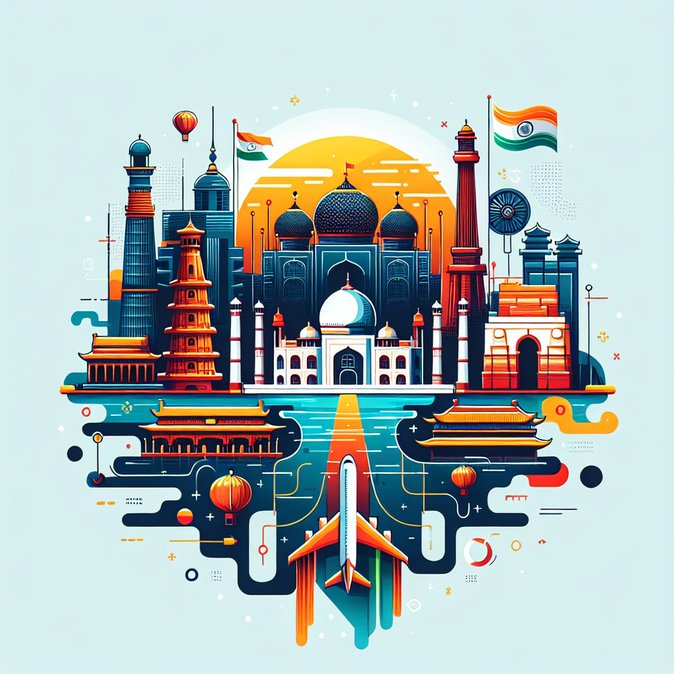
In a symbolic thaw, Indian embassies and consulates worldwide quietly restarted processing tourist visas for Chinese citizens this week, Times of India reported late on 21 November. The service had been suspended since mid-2020 following deadly clashes in eastern Ladakh. Although business and family visas resumed earlier this year, leisure permits remained on hold until now.
Indian officials framed the move as ‘people-centric confidence building’. Visa counters in Beijing, Shanghai, Guangzhou and Hong Kong reported a ‘steady trickle’ of applications on the first day, mostly independent travellers and relatives of expatriate staff. Direct flights—restored in October—give three Chinese carriers and Air India a total of 21 weekly frequencies, and airlines say they can add capacity quickly if demand rebounds.
![India reopens tourist visas for Chinese nationals after five-year freeze]()
For Chinese companies the reopening offers new incentive-trip options and eases travel for staff posted at Indian joint ventures. Recruitment teams also see smoother candidate mobility, as tourist visas often serve as fallback entry when work-permit paperwork lags. Conversely, Indian tour operators are hopeful of reviving pre-Covid China business that once accounted for 280,000 arrivals a year.
Security analysts caution that the policy could be reversed if border talks stall. Applicants are therefore advised to lodge forms promptly and book fully refundable airfares. Both sides continue to negotiate a reciprocal expansion of short-term e-visa categories, which would further streamline travel.
The broader geopolitical context includes the two countries’ agreement to mark 75 years of diplomatic ties in 2025 with a slate of cultural events—many of which will now have an easier time securing entry permits for participants and audiences alike.
Indian officials framed the move as ‘people-centric confidence building’. Visa counters in Beijing, Shanghai, Guangzhou and Hong Kong reported a ‘steady trickle’ of applications on the first day, mostly independent travellers and relatives of expatriate staff. Direct flights—restored in October—give three Chinese carriers and Air India a total of 21 weekly frequencies, and airlines say they can add capacity quickly if demand rebounds.

For Chinese companies the reopening offers new incentive-trip options and eases travel for staff posted at Indian joint ventures. Recruitment teams also see smoother candidate mobility, as tourist visas often serve as fallback entry when work-permit paperwork lags. Conversely, Indian tour operators are hopeful of reviving pre-Covid China business that once accounted for 280,000 arrivals a year.
Security analysts caution that the policy could be reversed if border talks stall. Applicants are therefore advised to lodge forms promptly and book fully refundable airfares. Both sides continue to negotiate a reciprocal expansion of short-term e-visa categories, which would further streamline travel.
The broader geopolitical context includes the two countries’ agreement to mark 75 years of diplomatic ties in 2025 with a slate of cultural events—many of which will now have an easier time securing entry permits for participants and audiences alike.










